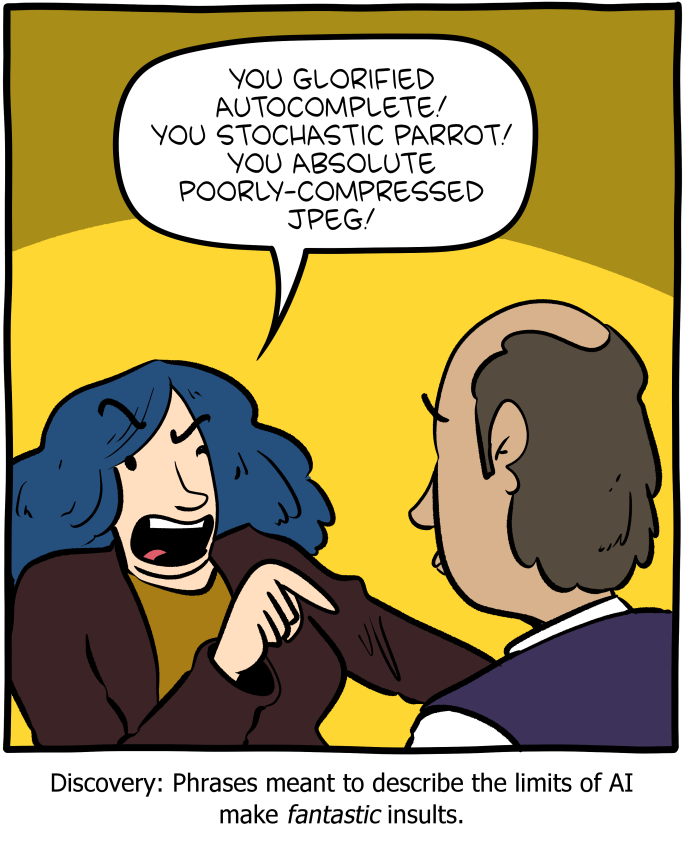Mao and Chinese Character Reform: Revisionist History on CCTV
[This is a guest post by David Moser]
Just when you thought CCP propaganda couldn’t get more absurd, China Central Television (CCTV) has aired a short TV series in which Confucius and Karl Marx actually meet up for comradely chat about ideology. In typical fantasy time-travel style, Marx simply appears miraculously at the Yuelu Academy (estab. 976) in Hunan, and is warmly greeted by Confucius to chants of “A friend visiting from afar is a great delight.” (有朋自远方来,不亦乐乎?) The two gray-bearded philosophers then sit down together to discuss how their respective theories seem to merge harmoniously to form an ideal basis for governing China.
This bit of historical cosplay is part of Xi Jinping’s “Soul and Root” (魂和根) propaganda campaign, introducing the notion that Marxism and Confucianism – the “Two Combines” (兩個結合) – must be integrated to form a unified national identity, with Marxism being the “soul” and traditional culture, including Confucianism, being the “root.”
Read the rest of this entry »


